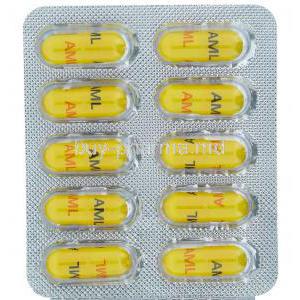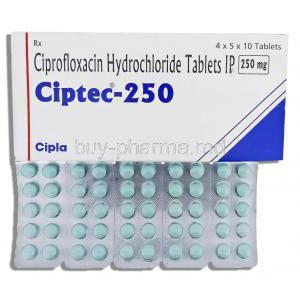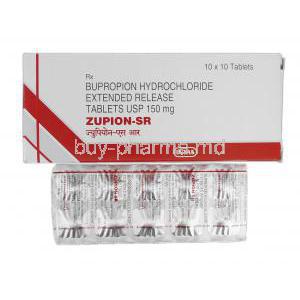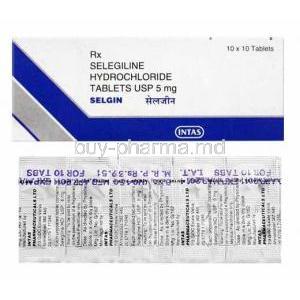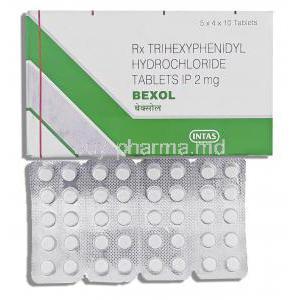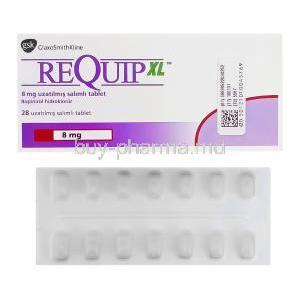Amantadine
- I. Introduction
- II. Uses of Amantadine
- III. How it Works
- IV. Off-label Use
- V. Dosage and Administration
- VI. Composition
- VII. Side Effects
- VIII. Common Side Effects
- IX. Interaction
- X. Warning
- XI. Contraindication
- XII. Careful Administration
- XIII. Important Precautions
- XIV. Administration to Specific Groups
- XV. Over Dosage
- XVI. Storage
- XVII. Handling Precautions
I. Introduction
Amantadine, a medication, has played a significant role in numerous therapeutic applications since its introduction. Due to its characteristics and significant advantages, it has attracted considerable interest, in the medical field.
Brief overview of Amantadine
Amantadine is a medication that was initially created to treat influenza. It has proven to be useful for more than just its antiviral effects. It has become a ray of hope for people with Parkinsons' disease and certain movement disorders outside of the norm.
History and discovery
The journey of Amantadine began in the 1960s. It was initially created as a remedy for influenza, but soon after, scientists realized its potential in alleviating symptoms related to Parkinsons' disease. This unexpected finding completely changed the course of its use in settings, establishing it as a crucial medication in neurology.
II. Uses of Amantadine
FDA approved indications
Amantadine is commonly used to prevent and treat the Influenza A virus and manage Parkinsons' disease and drug-induced extrapyramidal reactions. However, its applications extend beyond these FDA-approved uses, with research exploring its potential in diverse clinical settings.
References:
- Amantadine: Uses, Dosage, Side Effects, Warnings - Drugs.com
- Amantadine: MedlinePlus Drug Information
- Amantadine (Oral Route) Description and Brand Names - Mayo Clinic
- Amantadine | Side Effects, Dosage, Uses, and More - Healthline
Mechanism of action and benefits for each indication
Amantadine works in two ways depending on the condition it is used for. In the case of treating Influenza A, it stops the virus from replicating by blocking a protein called M2, which's essential for the virus. This effectively renders the virus inactive. However, when used to treat Parkinsons' disease and drug-induced disorders, Amantadine increases dopamine release and prevents its reuptake in the central nervous system. Doing it helps alleviate the shortage of dopamine which is a crucial factor in Parkinsonian symptoms.
References:
- Amantadine - Antimicrobe
- Amantadine - Mechanism, Indication … - Pediatric Oncall
- Amantadine - Wikipedia
.
III. How it Works
Molecular structure and pharmacodynamics
Amantadine possesses a hydrocarbon structure known as adamantane, which sets it apart. This molecular framework enables it to disrupt proteins and regulate levels of neural dopamine. Its pharmacodynamics encompass not dopamine regulation but also its interaction with NMDA receptors, thereby augmenting its potential as a therapeutic agent.
Neural pathways and receptors affected
Amantadine mainly targets the pathways related to dopamine in the basal ganglia and substantia nigra regions. It works by increasing the release of dopamine and preventing its reabsorption, which helps regulate the levels of this neurotransmitter. Additionally, Amantadine has effects by blocking NMDA receptors, which is essential in conditions involving nerve degeneration.
IV. Off-label Use
Overview of off-label indications
Amantadine has been explored in experimental applications beyond its approved uses, including conditions such as multiple sclerosis and fatigue. Researchers have also looked into its benefits for treating traumatic brain injuries and improving cognition.
References:
- Amantadine: Uses, Interactions, Mechanism of Action - DrugBank Online
- Efficacy and safety of amantadine as a treatment for apathy after brain injury - PsycNET
- Amantadine regulates the severity of experimental autoimmune encephalomyelitis - Wiley Online Library
.
Scientific evidence supporting these uses
The scientific literature provides information about the additional uses of Amantadine. For example, research has shown that it can help reduce fatigue in individuals with sclerosis, significantly improving their overall quality of life. Additionally, early data suggests that it may be effective in enhancing recovery after traumatic brain injuries. However, extensive clinical trials are necessary to establish its therapeutic potential more firmly.
References:
- Amantadine | National Multiple Sclerosis Society
- Amantadine (Symmetrel) | MS Trust
- Amantadine for Fatigue in Multiple Sclerosis | Multiple Sclerosis News Today
- Safety and efficacy of amantadine, modafinil, and methylphenidate for fatigue in multiple sclerosis: a randomised, placebo-controlled, crossover, double-blind trial - The Lancet Neurology
.
V. Dosage and Administration
Recommended dosage by indication
The effectiveness of Amantadine as a treatment relies on providing the dosage for each particular condition. For example, when using it for Influenza A prevention, a typical approach would be to take 200 mg per day. In the case of Parkinsons' disease, the dosage typically starts at 100 mg per day. Can be adjusted based on how the patient responds and their ability to tolerate it.
Route of administration
Usually, Amantadine is accessible in capsules and liquid forms give healthcare providers the flexibility they need and catering to the varied preferences of patients.
Adjustments for specific populations
Some population groups may require adjustments in medication dosage to ensure safety and achieve the treatment results; Elderly individuals; Since geriatric patients often experience a decline in kidney function, it might be necessary to lower the dosage for their safety. People with impairment; Those who have compromised kidney function should receive a reduced dosage while being closely monitored to prevent any possible harmful effects.
VI. Composition
Active ingredients
The effectiveness of Amantadine primarily depends on its component, which shares the same name as the medication itself; Amantadine Hydrochloride. This compound grants the drug its antiparkinsonian properties.
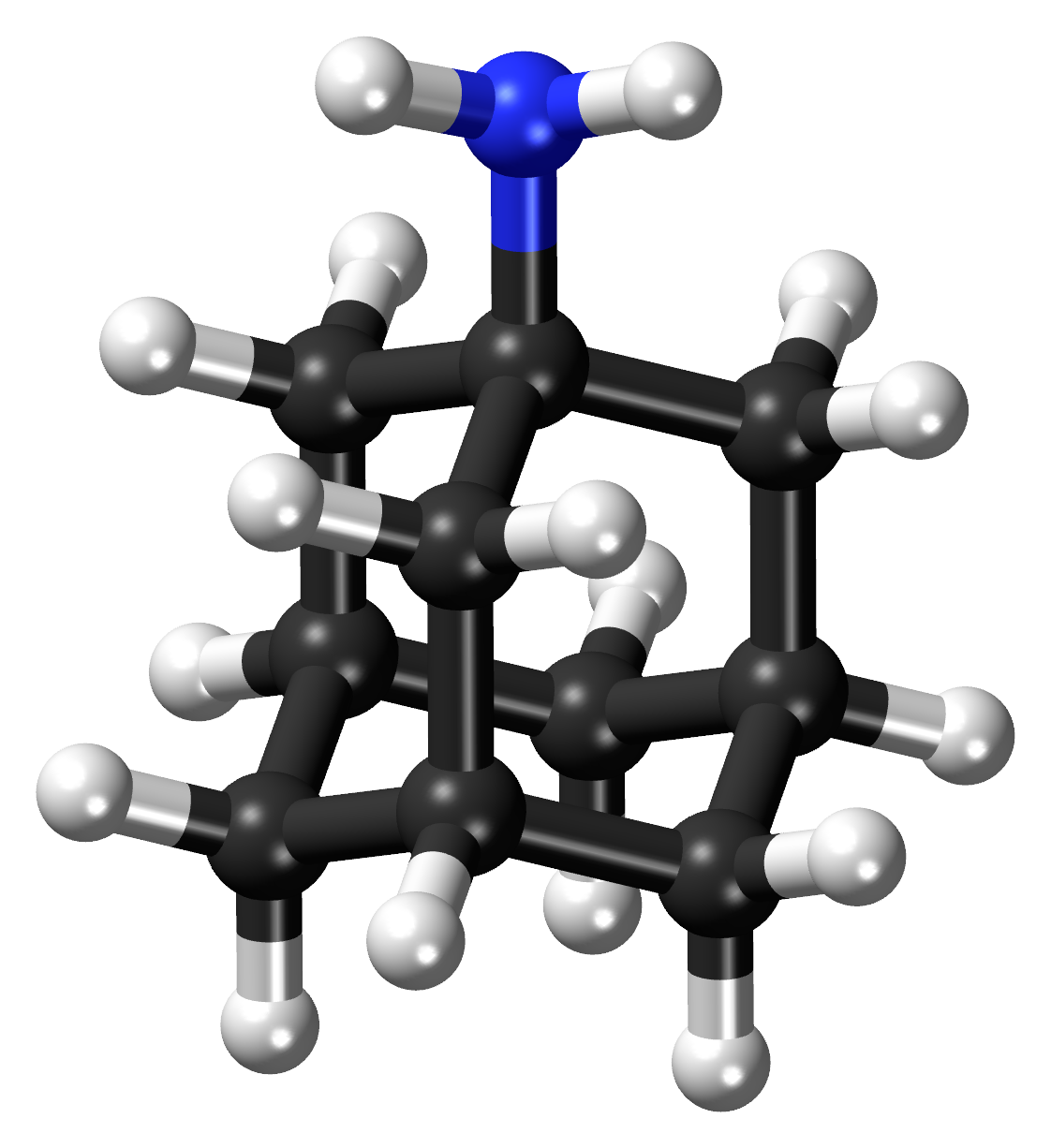
Inactive components and excipients
In addition, to the ingredient, Amantadine contains various inactive components called excipients. These excipients serve to ensure stability improve absorption, and optimize the delivery of the drug. Some common excipients include Gelatin, Starch, Magnesium stearate, and Lactose.
VII. Side Effects
Overview of potential side effects
Although Amantadine relieves people, it is essential to note that it can also have some side effects. These reactions can vary in intensity ranging from mild and temporary to severe and long-lasting.
Distinction between common and rare side effects
Side effects can be categorized according to their occurrence rate; side effects; A significant number of patients usually experience these and may include symptoms such as dizziness or difficulty sleeping. Side effects; These occur in only a tiny portion of the population and involve more severe reactions, like irregular heartbeats or hallucinations.
VIII. Common Side Effects
Frequency and characteristics
The common side effects often seen in patients who take Amantadine include difficulty sleeping, feeling nauseous, experiencing vision, and having a dry mouth.
Management and mitigation
It is often necessary to take a comprehensive approach to address these side effects. This can involve adjusting the dosage or timing of the medication, such as taking it in the morning to help with insomnia. Additionally, other medicines may be prescribed to alleviate symptoms, like antiemetics for nausea. Patient counseling and lifestyle changes, such as increasing intake to combat dry mouth, can also play a role in managing these side effects effectively.
IX. Interaction
Potential drug-drug interactions
The effectiveness of Amantadine can be. Its likelihood of causing adverse effects can be increased when taken with certain medications. Some notable interactions include; agents; They may enhance the anticholinergic side effects. Diuretics; They can raise the chances of Amantadine toxicity.
Drug-food interactions
Some types of food have the potential to either hinder or improve the absorption and effectiveness of Amantadine. For example, consuming alkaline foods may lead to increased excretion, which could potentially decrease the drug's effectiveness.
Effect on laboratory tests
Amantadine has the potential to affect the outcomes of lab tests. For instance, it can cause an increase in levels of serum bilirubin and alkaline phosphatase, which can complicate the procedure.
X. Warning
Severe reactions and symptoms
Although Amantadine provides therapeutic advantages, there are cases where it can also lead to severe reactions. These reactions may include responses, cardiac arrhythmias, and neurological symptoms such as seizures.
Emergency response and measures to take
If any severe side effects occur, it is crucial to seek medical attention. Stop taking the medication away call emergency services and closely monitor your vital signs. These actions are absolutely necessary. Should not be overlooked.
XI. Contraindication
Medical conditions that prohibit use
There are medical conditions that make it unsuitable to administer Amantadine. These include untreated angle closure glaucoma, severe renal impairment, and a history of seizures or other significant neurological disorders.
Drug contraindications
Combining Amantadine with medications may lead to adverse reactions. Specifically, caution is essential when using it alongside MAO inhibitors and certain antipsychotic drugs.
XII. Careful Administration
Groups at risk
Certain groups have a chance of experiencing risks when given Amantadine. These include people with existing heart conditions, individuals who have dealt with health issues in the past, and those, with pre-existing kidney or liver problems.
Monitoring during treatment
It is crucial to monitor these individuals' kidney function, neurological status, and cardiovascular health.
XIII. Important Precautions
What patients should be aware of before starting
Before starting treatment, it is essential to inform patients about side effects, the significance of following prescribed dosages, and the necessity of regular monitoring appointments.
Monitoring parameters
Monitoring critical indicators such as kidney function, liver enzymes, heart rhythm, and neurological assessments is essential.
XIV. Administration to Specific Groups
Elderly
Dosage adjustments
As individuals grow older, they may require doses of Amantadine due, to the physiological changes that come with aging.
Special considerations
Elderly patients need monitoring due to their increased vulnerability, to dizziness, the risk of falling, and potential cardiac complications.
Pregnant Women and Nursing Mothers
Potential risks to fetus and infant
Amantadine has the potential to pass through the placenta and enter breast milk, which may have an impact on the development of the fetus and pose risks to nursing infants.
Recommendations and precautions
Pregnant women and those who are breastfeeding should only be given Amantadine if the advantages are more significant than any risks. It is crucial to monitor newborns in this situation.
Children
Age-specific dosages
Pediatric dosages are usually determined by considering the child's body weight and adjusting based on their age group.
Pediatric concerns and monitoring
It is crucial to remain attentive to the factors contributing to growth, developmental milestones, and possible neuropsychiatric side effects.
XV. Over Dosage
Symptoms of overdose
Taking much Amantadine can lead to side effects such as seeing things that aren't there, irregular heartbeats, and feeling overly active.
Immediate measures to take
If you suspect an overdose, it's essential to seek medical help, make sure the person is, in a safe place, and keep a close eye on their vital signs.
Treatment options
The primary approach to treatment mainly focuses on providing support and relief for symptoms. It involves considering the use of activated charcoal to prevent absorption.
XVI. Storage
Recommended storage conditions
Store amantadine at room temperature, away from moisture and direct sunlight.
Shelf life and expiry
Amantadine formulations typically have a shelf life of 2 3 years. However, checking the expiration date mentioned on the packaging is always important.
XVII. Handling Precautions
Safe handling and disposal
Remember to wear gloves when administering medication and dispose of unused medicines at designated pharmaceutical disposal sites.

Measures to prevent contamination and spillage
Make sure that you tightly seal the containers of Amantadine after use. Store them in a place and keep them away from food or drinks.


